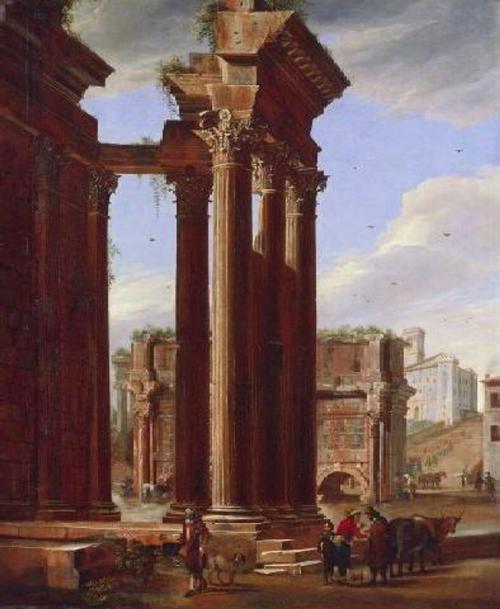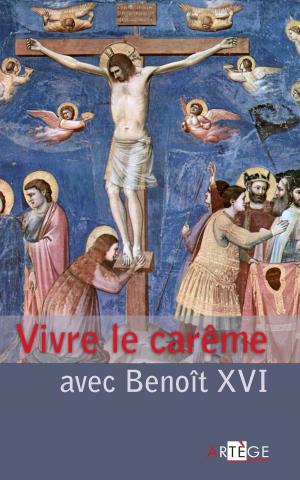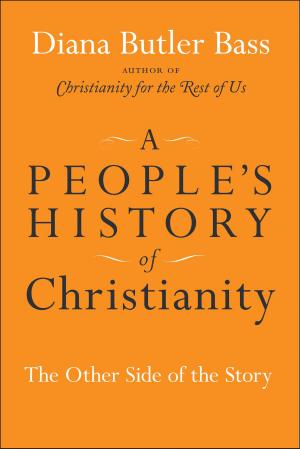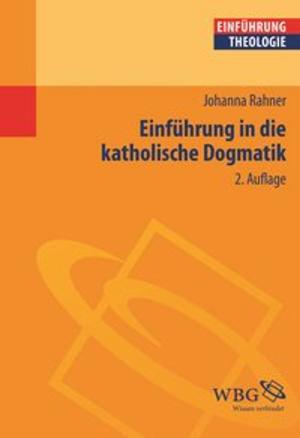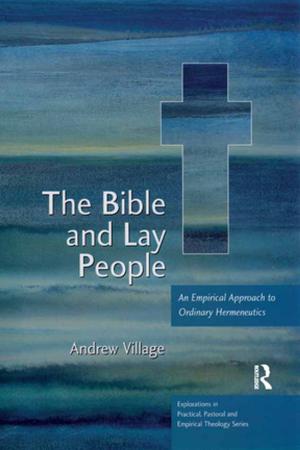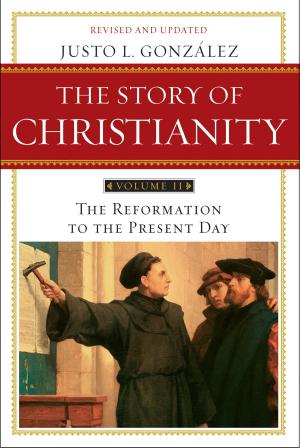Mirabilia Urbis Romae
Nonfiction, Travel, Museums, Tours, & Points of Interest, Europe, Italy, Religion & Spirituality, Christianity, General Christianity| Author: | Benedictus Canonicus | ISBN: | 1230000188243 |
| Publisher: | S. Eusebii Hieronymi Divina Bibliotheca | Publication: | October 4, 2013 |
| Imprint: | Language: | Latin |
| Author: | Benedictus Canonicus |
| ISBN: | 1230000188243 |
| Publisher: | S. Eusebii Hieronymi Divina Bibliotheca |
| Publication: | October 4, 2013 |
| Imprint: | |
| Language: | Latin |
Mirabilia Urbis Romae "Marvels of the City of Rome" is a much-copied medieval Latin text that served generations of pilgrims and tourists as a guide to the city of Rome. The original, which was written by a canon of St Peter's named Benedict, dates from the 1140s. The text survives in numerous manuscripts. "Unhampered by any very accurate knowledge of the historical continuity of the city, the unknown author has described the monuments of Rome, displaying a considerable amount of inventive faculty," the Catholic Encyclopedia reports. The legend-filled Mirabilia remained the standard guide to the city until the fifteenth century. At the time it was written, the inhabited part of Rome, the abitato, was a small city located in the bend of the Tiber River surrounded by the ruins of the great ancient city, where within the standing walls and gates of the ancient city were fields where cattle sheep and goats grazed among the temples and baths, giving to the Roman Forum its name Campo Vaccinio the"cow pasture".
Mirabilia Urbis Romae "Marvels of the City of Rome" is a much-copied medieval Latin text that served generations of pilgrims and tourists as a guide to the city of Rome. The original, which was written by a canon of St Peter's named Benedict, dates from the 1140s. The text survives in numerous manuscripts. "Unhampered by any very accurate knowledge of the historical continuity of the city, the unknown author has described the monuments of Rome, displaying a considerable amount of inventive faculty," the Catholic Encyclopedia reports. The legend-filled Mirabilia remained the standard guide to the city until the fifteenth century. At the time it was written, the inhabited part of Rome, the abitato, was a small city located in the bend of the Tiber River surrounded by the ruins of the great ancient city, where within the standing walls and gates of the ancient city were fields where cattle sheep and goats grazed among the temples and baths, giving to the Roman Forum its name Campo Vaccinio the"cow pasture".
